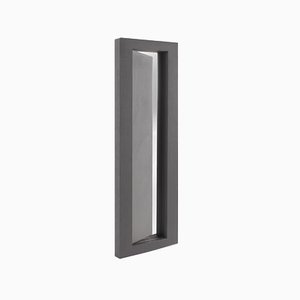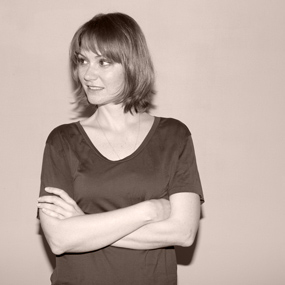Independent, self-producing designers are having a moment
The New New Wave
Those who keep a close eye on fluctuations in the design market know well that the appetite for 1980s Memphis design is acute these days. While it's tempting to look to its signature blend of jubilant forms, colors, and materials for insight into its renaissance, the true allure of Memphis design lies in the independent spirit of its creators.
Beyond the aesthetic exuberance of Memphis, the designers at its helm set out to change the rules that determine which designs get made, how, and for whom. They boldly ignored prevailing dictates of taste, rupturing limitations imposed on individualistic design expressions, and speaking to niche audiences that had been previously neglected by the mainstream. The Memphis project elevated the decision-making and business-building power of courageous creators over corporate CEOs and marketing executives—and, for a time, the world sat up and took notice of designers like never before.
It's no coincidence that those who appreciate Memphis design most ardently and consistently are often themselves creators and non-conformists. Just think about Memphis's most famous collectors, the singularly influential international tastemakers and iconoclasts David Bowie and Karl Lagerfeld, both of whom left an unfillable void when they passed recently.
While Bowie and Lagerfeld spent their lives swimming against the currents of the norm—and along the way defined and redefined the line between what is mainstream and what is not—the rest of us tend to take up the mantle of cultural rebellion mainly when we feel provoked; ignored. So when the broader design industry goes stale, as it does now and again, more of us dissent, and we find ourselves hungry for alternatives, seeking out mavericks who offer a beyond-the-ordinary vision. This explains why vintage Memphis—as well as contemporary designs marked by Memphis-inspired aesthetics—is on the rise again at the moment, and why this revival is, in fact, only one part of a larger, rising tide of independent design voices presently enjoying a healthy dose of well-deserved respect.
Beyond Memphis, the keen enthusiasm for fresh perspectives and ad hoc models is ushering in an era that's teeming with upstart, self-producing design studios; agile, multitasking collectives; and editor-led, small-batch-production houses that don't shy away from strong, internally-driven identities.
And the cherry on top of this richly flavored design cake is the first international design event explicitly dedicated to those design creators who operate outside of mainstream industry: Edit Napoli, launching in June.
The New New Wave
There are any number of practical and philosophical reasons why designers forge their own paths outside of mainstream industry. Sometimes it's simply the lack of industry-led opportunities available to young designers. Sometimes it comes down to a personal drive to be unencumbered by outside pressures or a desire to work faster and more flexibly. Yet one of the most frequently cited motivations is that striking out on one's own is often the only way to tell stories that otherwise wouldn't get told.
Take for example the sensitive and charming young Italian designer Antonio Aricò, who began his design career on a very conventional path, taking a job in a large Milan design studio after graduating from the Politecnico. After just a year or so, he returned to his family home in southern Italy to partner up with his woodworking grandfather to create a collection that has, as he says, "real soul." "I took this risk," he explains, "because I believed that out there there was a desire for authenticity and quality. I gave much more importance to the real story behind the objects: design, art, craft, passion, love, and family. All of these are part of my southern Italian heritage, and I did not want to lose them to be part of a big design community where the show is more important than the content." Independence brings risks to be sure, but the investment paid off for Aricò; in the past seven years, his work has been featured at La Triennale di Milano, Design Museum Holon, National Gallery of Victoria in Melbourne, the headquarters of the Italian ambassador in Copenhagen, and in Rome’s Palazzo delle Esposizioni, and he's gone on to produce collections for brands like Alessi, Barilla, Editamateria, and Seletti.
Another example can be found in emerging design collective Mash.T, dedicated to honoring their South African heritage. "Our goal is to launch South African design as a category brand," explains Thabisa Mjo from Mash.T. "We aim to showcase and highlight the wide variety of skill sets, materials, and styles from our home that will appeal to different tastes abroad." Her colleague Tracy Lynch, founder of Lee Lynch Studio and Creative Director of Nando's Design Programme, adds, "South African designers are exploring what makes them unique, and we are seeing a design language punctuated by ancient crafts and inspired by our melting pot of various cultures. We have a need to share not one story, but many stories that make up the chapters of our book. It is this inclusive approach that amplifies our larger handmade story." (Side note: Mash.T's head-turning installation was one of our favorites of Milan Design Week this year.)
From the other hemisphere, Paula Corrales of Chilean design collective Grupo Alma (which translates to Soul Group) shares a similar goal inspired by the crafts traditions of her home: "The members of Grupo Alma are united by the idea of showing Chile to the world and how we think differently about design in our country. In Chile, we don’t have easy access to high-tech processes, but we embrace this as a positive, and we work to elevate handcrafted methods. Crafts are a super important part of our culture; if we don’t value them, we will lose them in a very short time—and lose part of our culture at the same time."
Examples of collective efforts to revive regional artisanal work abound around the globe these days, as the desire for new design languages mount. And the added benefit of working collectively is of course strength in numbers. Many designers working in collectives note that the structure allows opportunities both to share resources (going in on expenses for, say, shipping, rent, production, and exhibitions) and to enjoy inspiration, a natural byproduct of working in close contact with one’s peers.
Under the right circumstances, collective efforts evolve into a small-batch-production brands. Milan-based , for instance, grew organically out of a radical think tank aimed at disrupting the design status quo; held in Milan in 2015, the program and resulting production house/line was conceived by architect Livio Ballabio and art directed by CTRLZAK studio. "Our rule is not having rules," says JCP Founder Livio Ballabio. "JCP doesn't want to break with tradition. JCP's aim is to lead the new, landing in a place where dogmas are only a memory." In a few short years, the brand has attracted some big and bold talents to collaborate on new collections, like Sam Baron, Matteo Cibic, Nanda Vigo, Richard Yasmine.
Still others pursue a totally personal mission, often motivated by an affinity with a certain material or a vision for a new, better, or more flexible kind of output. Swiss designer Bertille Laguet didn't plan on returning to her father's foundry after graduating from ECAL, but today that's typically where you'll find her, producing unique objects from metal. "After my diploma, some clients came to me for different projects," she says. "I started working as an independent and then I never stopped. I like that it's faster [working this way] to see the result of the final object. I can make a table in a week instead of months, and you can easily spend time experimenting with the material." Her biggest challenge? "For me it's a bit 'schizophrenic,' to work as a designer and a craftsman in the same body and soul. You have to deal with both the concept and the technique and take care to separate them during the different phases of a project."
Berlin-based designer Yasmin Bawa , meanwhile, has channeled her design work to act on climate change by focusing on an often overlooked, carbon-sequestering material: hemp. Well, more specifically hempcrete, a lightweight but sturdy mixture of the woody core of the hemp plant and a lime-based binder, typically though rarely used in architectural structures. "Feeling out of touch with the ever increasing speed of the fashion industry," Bawa says, "I left to focus on something slower—something where I could really spend time nurturing my design aspirations. Starting on my own seemed the only way to be truly honest to the way I wanted to work." She goes on: "Always researching new materials, I came across a house made of hempcrete, and I just felt instantly connected with this material. After my first experiments, I felt empowered by the incredible benefits of this plant and the way that I was able to mold expressive forms. It has lead me down a path of incorporating other natural handcraft techniques into my work, bringing it to new and exciting possibilities."
For more than a decade, Dutch luminary Maarten Baas has pioneered 21st-century modes of self-production, harnessing the freedom that comes from working outside of big industry. Baas has made a career out of keep-you-on-your-toes, personality-driven projects, frequently creating work that dances between a number of disciplines—design, theater, music, art, food, and beyond. He and his small team—a core group about a dozen strong—both self-produce and collaborate with larger brands and high-end galleries.
According to Baas, having a talented, in-house team capable of self-production is key to his ability to create diverse work. “I want to reflect something of the current moment in all of my work. So I use whatever medium best reflects that moment, from any discipline.” Thus, “every project is unique, a new wheel that needs to be invented. Because of this, you can’t really standardize anything. I always work with different techniques”—one day, for example, he and his team are working with wood, and another they’re welding together 200 television screens, or filming a 12-hour-long movie—“so it requires quite a bit of flexibility and all-aroundness from our team. You always have to be sharp, you never know what will come out of it, so it’s always challenging. But we all enjoy working in this way and working together.”
A New Fair for the New New Wave
The international chorus of independent design voices has resonated with Domitilla Dardi and Emilia Petruccelli, co-founders of the new Edit Napoli fair, which was conceived to shine a spotlight on "those who sidestep industry by flying solo on all aspects of design production, from conception and fabrication to branding and distribution." Although self-producing designers have been around for years, never before has a design fair exclusively spotlit this specific trend. And we think it's about time, because self-producing studios and collectives and small-batch-production brands are doing things that large-scale industry either cannot or will not do. Whether it's finding uses for new materials, developing environmentally conscious production processes, or reviving dying artisanal skills, these new-new-wave designers carry on the legacy of Memphis by championing the creator’s individual values while also inspiring consumers to demand something more meaningful from the environments in which they live their lives.
Opening June 6—just about a week from now—Edit Napoli will present over 50 exhibitors, a carefully curated mix of well-known names, younger designers, and established producers. The organizers have been diligently working to ensure the right audience attends, including thought-leaders from the design world and various buyers, retailers, interior designers, and architects who are in a position to facilitate business for the exhibitors. We are looking forward to seeing the projects exhibited by some of our favorite creators, including Andrea Anastasio, Simone Crestani , Constance Guisset, Max Lipsey, Dirk vander Kooij, and Nika Zupanc . A handful of designers will also launch original collaborations with manufacturers: Gum Design with Alfaterna Marmi, Daniele Della Porta with BBeds, BCXSY with Morseletto, and Elisa Ossino with Nesite.
Because we've always held a special place in our hearts for independent designers working outside of large-scale industry, Pamono will also be onsite with our own Indie Rock exhibition, a joyous assemblage of work from Bloc Studios , Yasmin Bawa, Serena Confalonieri, Eligo, JCP, Purho, Portego, Secolo , Elisa Strozyk, and Wall & Decò. (And if all works out, we'll also be showing off some new work from our friend, Italian designer Antonio Aricò!)
A jury composed of Giulio Cappellini, art director of Cappellini; David Alhadeff, founder of The Future Perfect; Esra Lemmens, of The Esra Lemmens Agency; Alessandro Valenti, of ELLE Decor Italy; and Francesco Tuccillo, local entrepreneur, will be in Naples to select the best original work. The winning collection will embody the qualities of the most successful independent designers: intelligent design with an emphasis on quality process, a tie to heritage, and a sensible price.
The moment has come. And we can't wait.
-
Text by
-
Anna Carnick
Anna is Pamono’s Managing Editor. Her writing has appeared in several arts and culture publications, and she's edited over 20 books. Anna loves celebrating great artists, and seriously enjoys a good picnic.
-
-
Text by
-
Wava Carpenter
After studying Design History, Wava has worn many hats in support of design culture: teaching design studies, curating exhibitions, overseeing commissions, organizing talks, writing articles—all of which informs her work now as Pamono’s Editor-in-Chief.
-
More to Love
Rational Balance Vases by Ferdinand Pezin for Ecal x Bloc studios, 2016, Set of 2
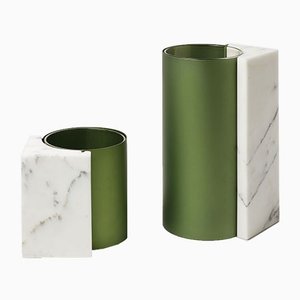
Debeam Console by Debonademeo for JCP Universe

K1 Chandelier with 16 Lights by Karim Rashid from Purho
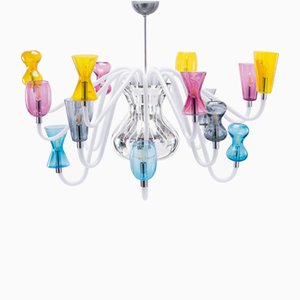
Treasure Chair by Maarten Baas, 2005
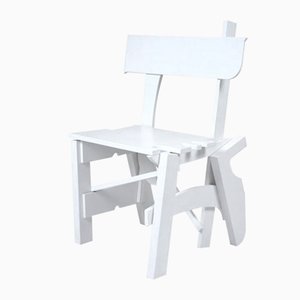
Light Grey Gamma E Pendant Lamp by Serena Confalonieri for Mason Editions
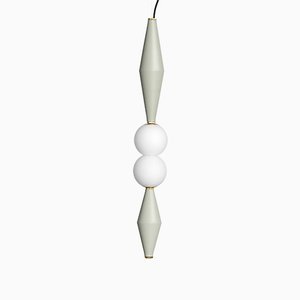
Bordeaux Gamma D Pendant Lamp by Serena Confalonieri for Mason Editions
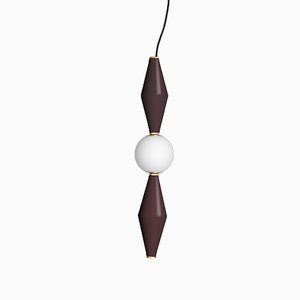
Black Gamma A Pendant Lamp by Serena Confalonieri for Mason Editions
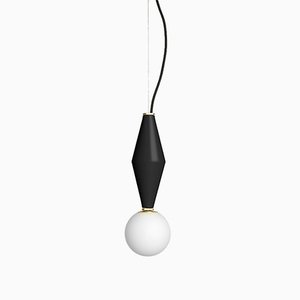
Gamma A Rosa Pendant Lamp by Serena Confalonieri for Mason Editions
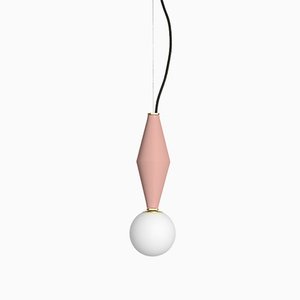
Bronzino Couple Hooks by Alessandro Zambelli for Portego, Set of 2
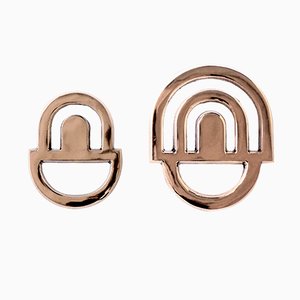
Clay Low Seater by Maarten Baas
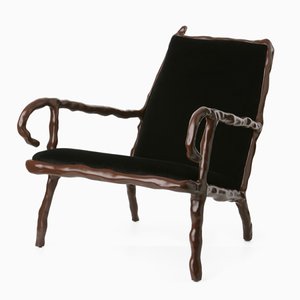
Normanna Table or Floor Lamp in Antique Pink & Blue by VI+M Studio for Purho
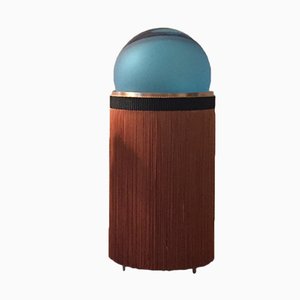
Normanna Table or Floor Lamp by VI+M Studio for Purho
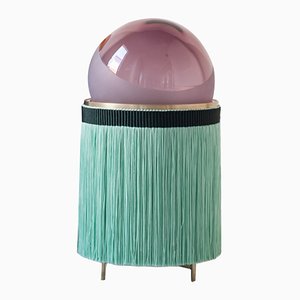
Small Orange Petalo Vase by Alessandro Mendini for Purho

Black Gemella Vase by Alessandro Mendini for Purho

Rosewood & Copper Povera Chair by Antonio Aricò for Editamateria
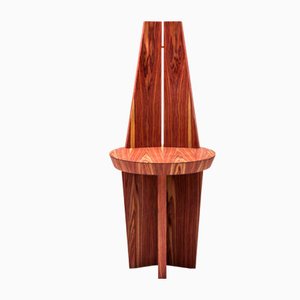
Fratino Dining Table in Wengè by Antonio Aricò for Editamateria
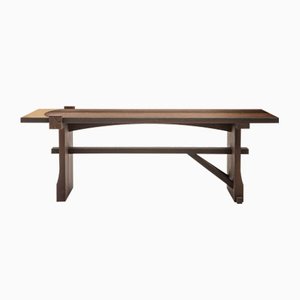
Cale Vases by Jasmina Celikovic for Ecal x Bloc studios, 2016, Set of 2
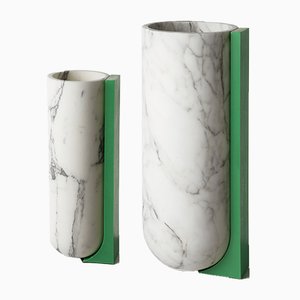
Maseen A-X Side Table by Samer Alameen for JCP Universe

Intarsia Wall Piece 3 by Elisa Strozyk

Intarsia Wall Piece 2 by Elisa Strozyk
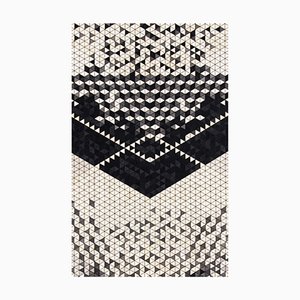
Orecchini Plates by Laurie Greco for Ecal x Bloc studios, 2016, Set of 2

Intarsia Wall Piece 1 by Elisa Strozyk
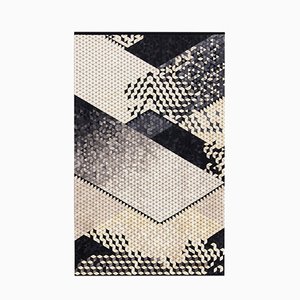
Indian Rosewood Sediolina Chair by Antonio Aricò for Editamateria

Arabesque 06 Vase by Serena Confalonieri
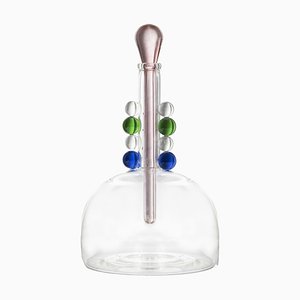
Arabesque 05 Vase by Serena Confalonieri
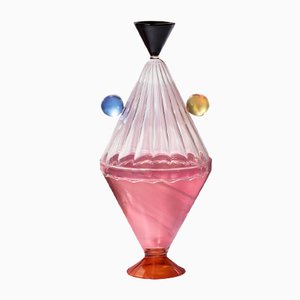
Arabesque 04 Vase by Serena Confalonieri
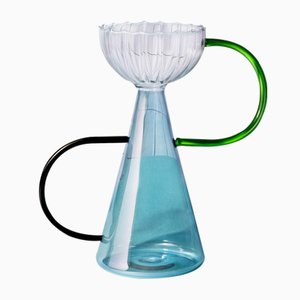
Arabesque 03 Vase by Serena Confalonieri
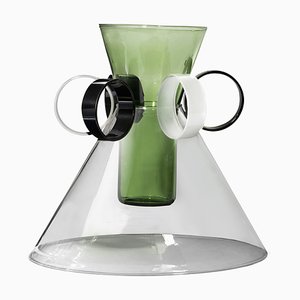
Arabesque 01 Vase by Serena Confalonieri

Shikkui Hemp Table Stand by Yasmin Bawa, 2019

Brass & Walnut Cupboard by Antonio Aricò for Editamateria
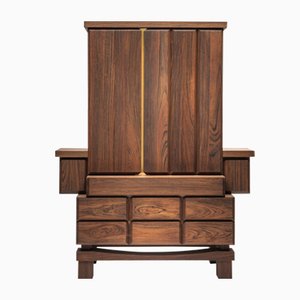
Ziricote & Amaranth Wood Desk by Antonio Aricò for Editamateria
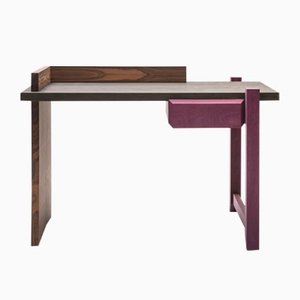
Naia Table Mirror in Honey Onyx by CTRLZAK for JCP Universe
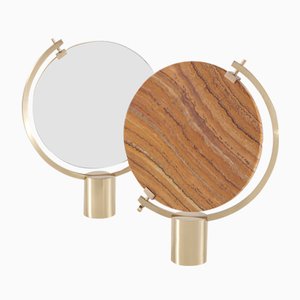
Kryptal Table Lamp by CTRLZAK for JCP Universe
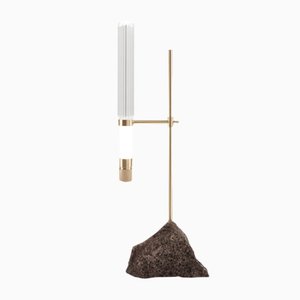
Fylgrade Armchair by CTRLZAK for JCP Universe

Mojo Wall Amulet #3 by Serena Confalonieri
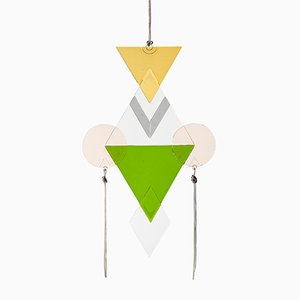
Balance-Mirror No. 07 with Shelf by Elisa Strozyk

Overlap-Mirror No. 13 by Elisa Strozyk
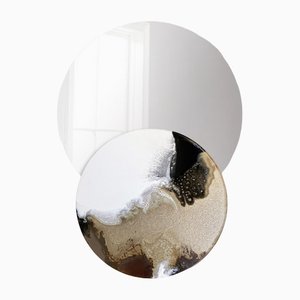
Septagon Bar Cabinet by Elisa Strozyk & Sebastian Neeb
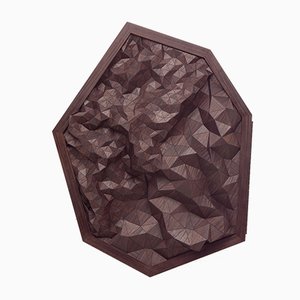
Fading Wooden Textiles by Elisa Strozyk
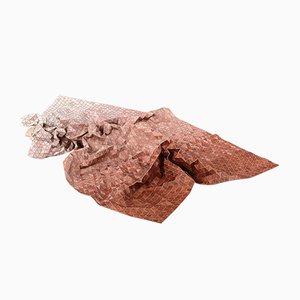
Dyed Wooden Textile No 1 by Elisa Strozyk
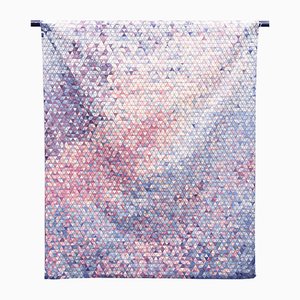
Mojo Wall Amulet #1 by Serena Confalonieri
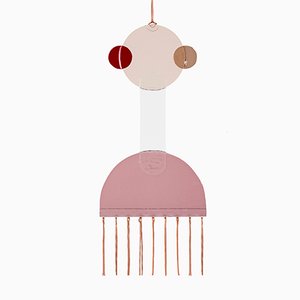
Scena Olimpico Wall Mirror by Nikolai Kotlarczyk for Portego
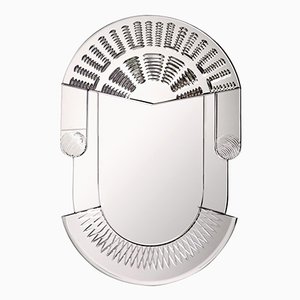
Fratino Dining Table in Wengè by Antonio Aricò for Editamateria

Large Caleido Vase by Serena Confalonieri
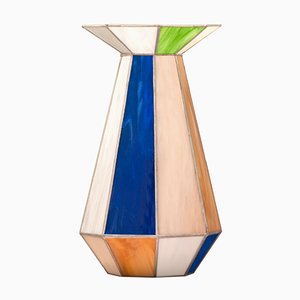
Caleido Bowl by Serena Confalonieri
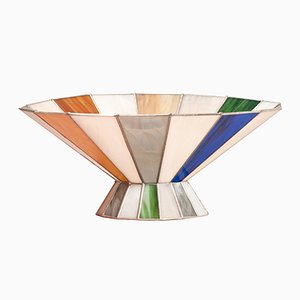
Lotus Table Lamp in Petrol Blue by Serena Confalonieri for Mason Editions

Lotus Table Lamp in Salmon by Serena Confalonieri for Mason Editions
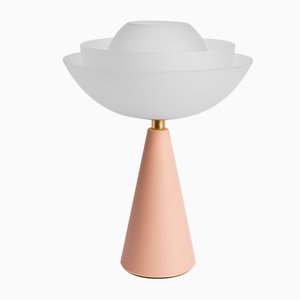
Low Mia Vase in Bordeaux by Serena Confalonieri for Mason Editions

Wanda Vase by Richard Yasmine for JCP Universe
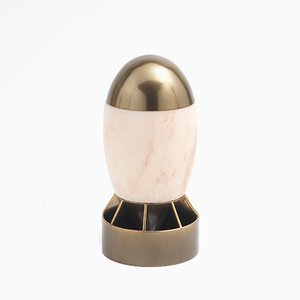
Glome X Vase by CTRLZAK for JCP Universe

Orgone Table Lamp by Samer Alameen for JCP Universe
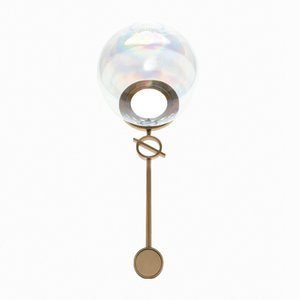
Venny Small Central Table by Matteo Cibic for JCP Universe
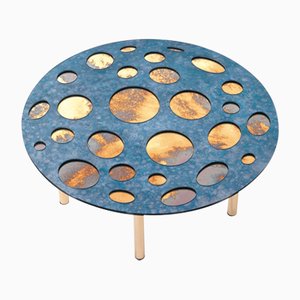
Belmer Armchair by Matteo Cibic for JCP Universe
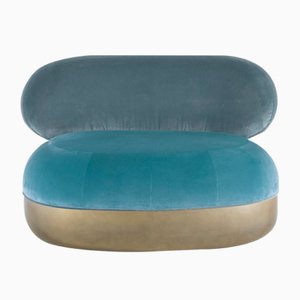
Belmer Sofa by Matteo Cibic for JCP Universe

Balance-Mirror No. 08 with Shelf by Elisa Strozyk
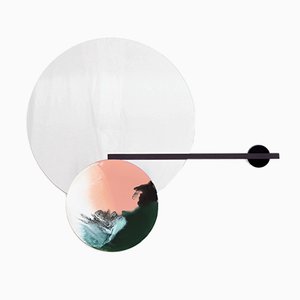
Undism Standing Mirror by Gumdesign for JCP Universe
